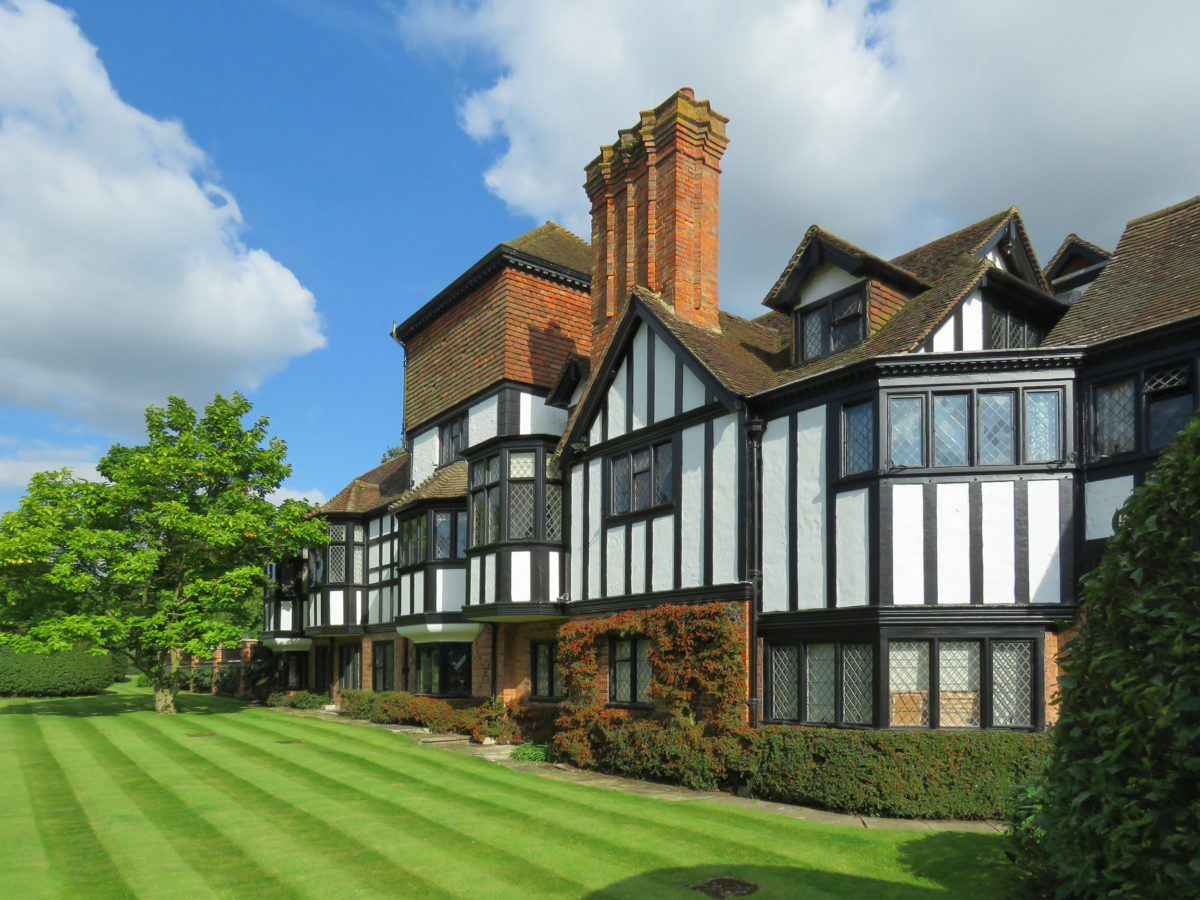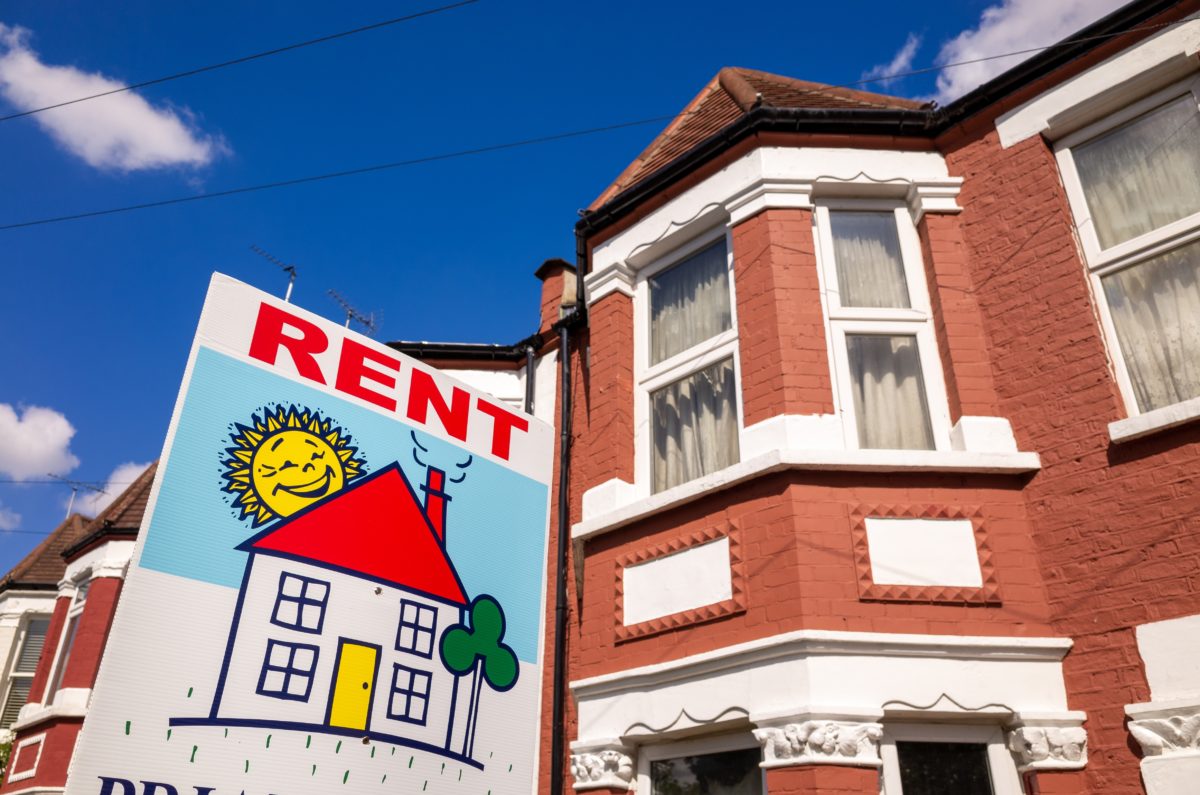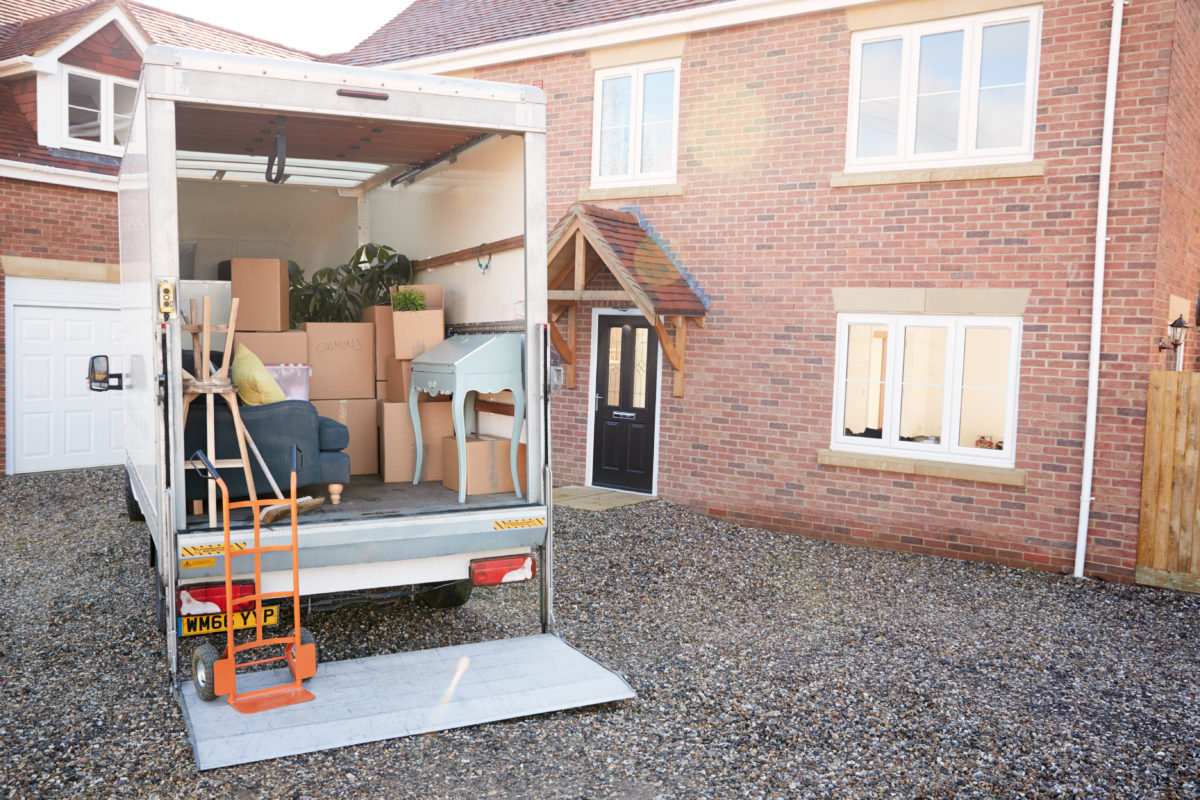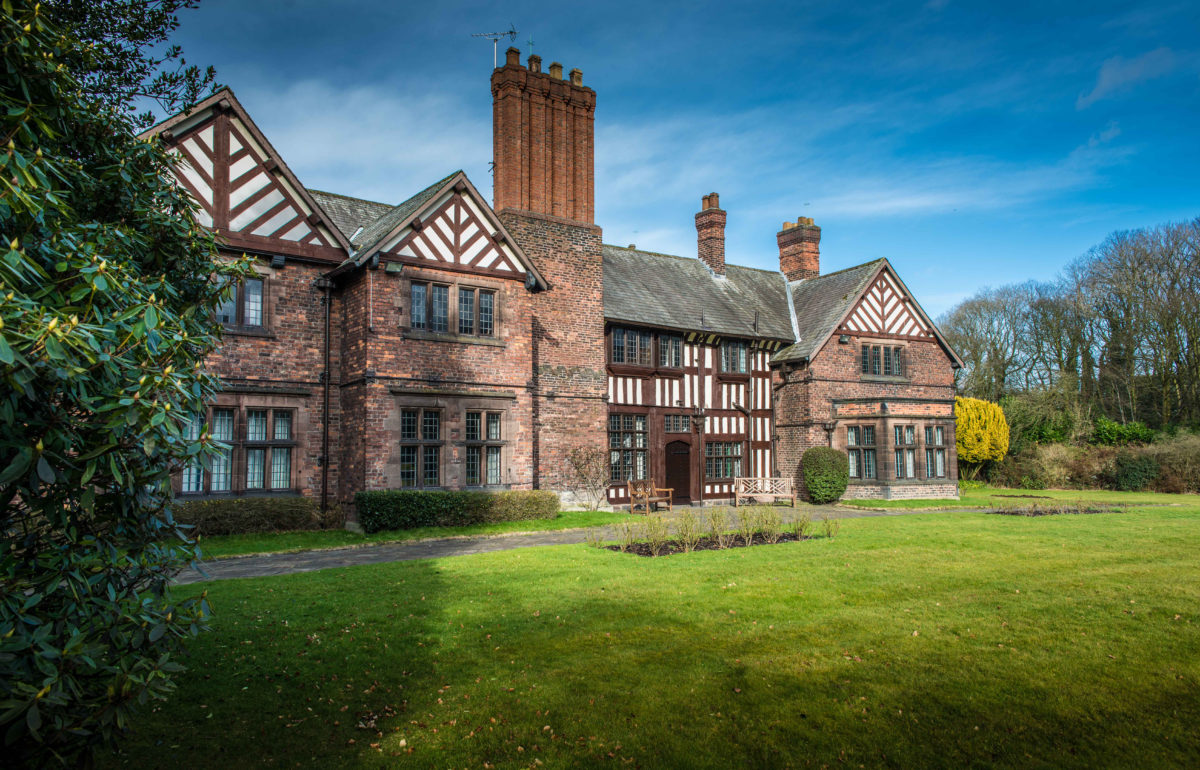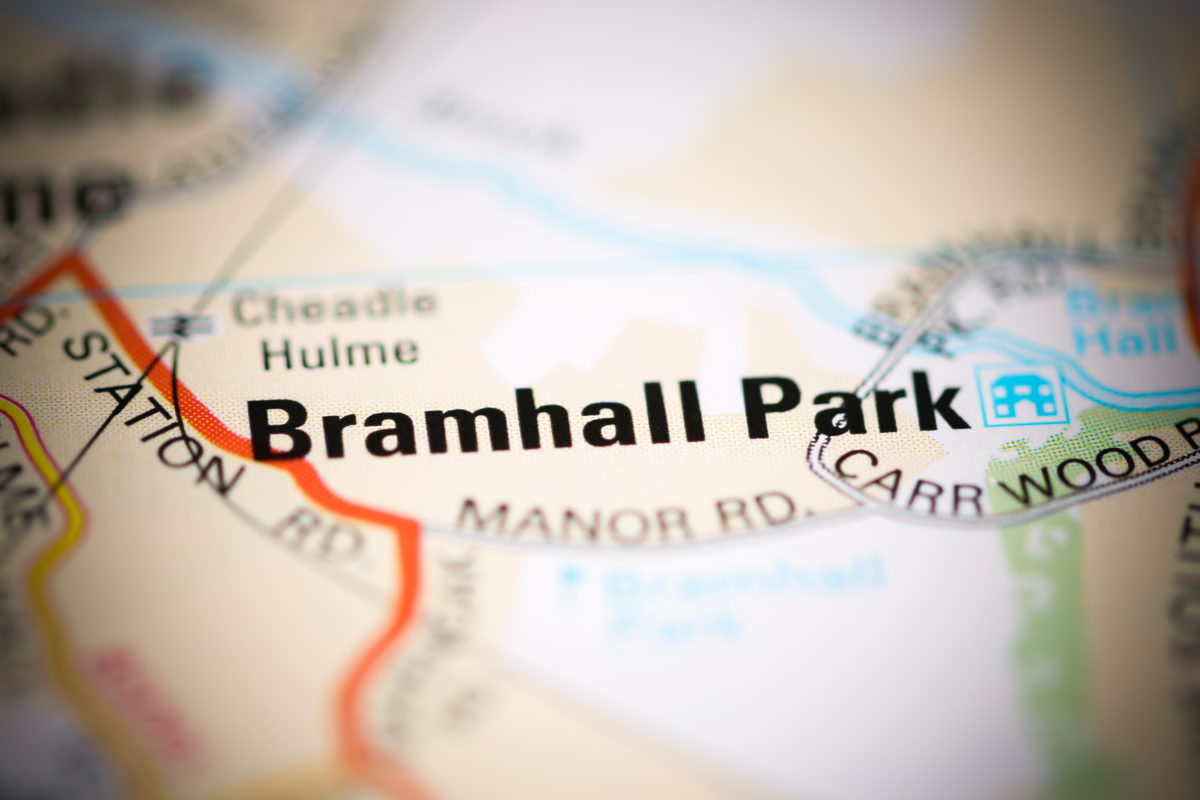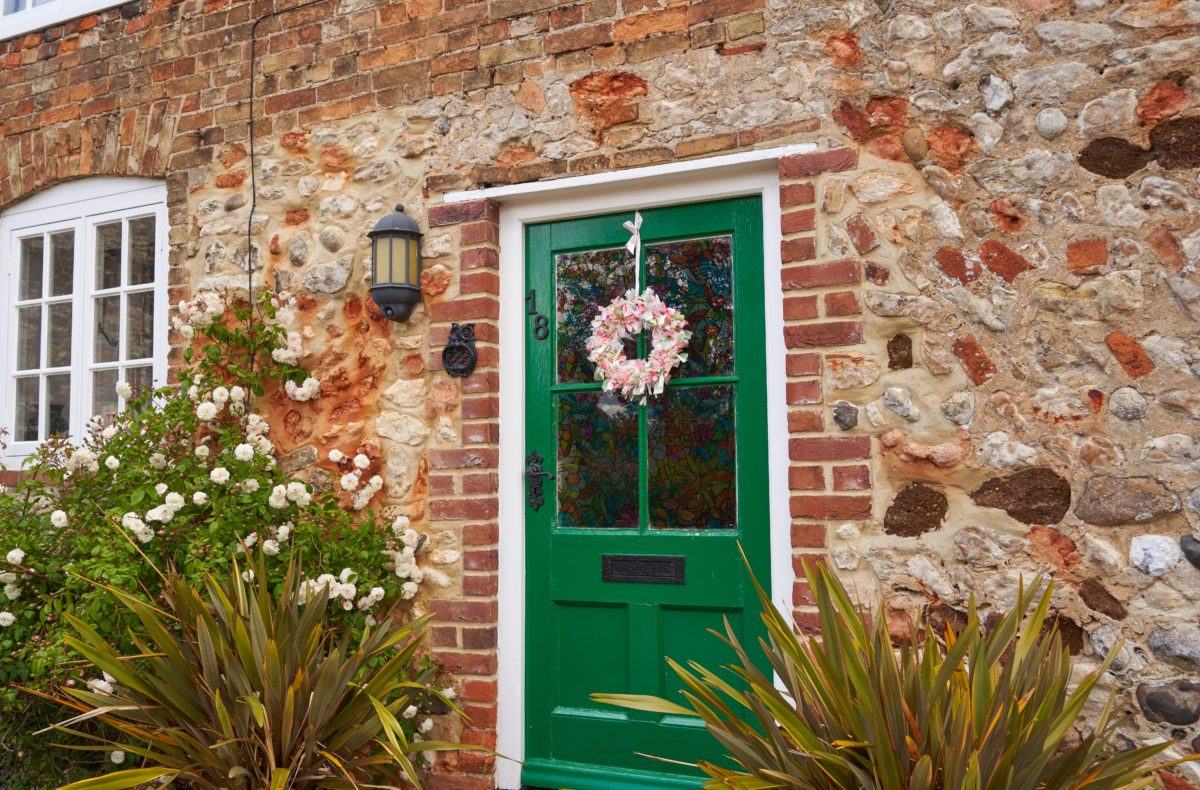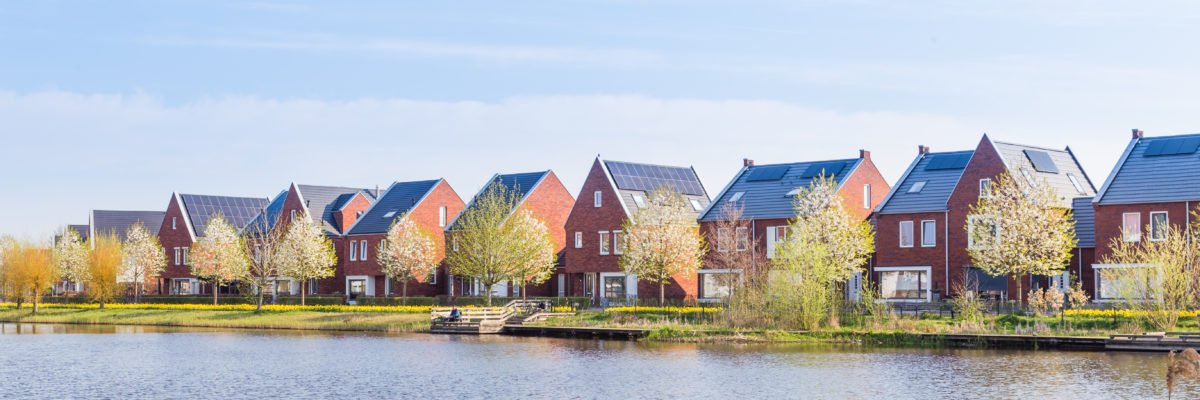The pros and cons of buying a listed building
Whilst buying a listed building might give you a beautiful historic house, you might be surprised at some of the restrictions you have on making it your home. Here, Jessica Hughes explores what it means for a building to be listed, and the pros and cons that come with buying one.
What is a listed building?
A listed building is a building which has special protections in place, there are often very stringent restrictions on any alterations which can be made to these buildings as they are usually of historic or architectural interest.
You can check which buildings are listed on the National Heritage List for England – https://historicengland.org.uk/listing/the-list/ , this holds a record of all listed buildings in England and is the official list.
It is a criminal offence to carry out works to a listed building without obtaining the required listed building consent, it is important to ensure if you intend to carry out works to a listed building, that you take advice on what consents are needed before doing so. Failure to do this is a criminal offence rather than civil, which can lead to a prison sentence of up to 2 years and an unlimited fine.
Currently in England there are approximately 400,000 listed buildings, as confirmed on the Historic England site.
Grade of building.
There are three different building grades: Grade I, Grade II* and Grade II. On the Historic England site it is recorded that only 2.5% of all listed buildings are Grade I, only 5.8% of listed buildings are Grade II* which leaves 91.7% of listed buildings being grade II listed.
A Grade I listed building is the highest grade that can be granted, this is only granted to buildings of exceptional interest; The Manchester Art Gallery is listed as Grade I.
Grade II* are particularly important buildings of more than special interest; Asia House Manchester is Grade II*.
Grade II buildings are of special interest; Deansgate train station is Grade II listed.
Pros.
One pro of purchasing a listed building is that the property is going to be unique, it is unlikely to be like other properties on the market. Listed buildings usually have character and features which are no longer included within modern buildings.
You will be owning a property which is likely to be a part of history, you will be a part of protecting and repairing the listed property, to preserve it for future generations.
Listed buildings are likely to hold their value and possibly increase in value due to its individuality. Listed buildings are often historic and the costs would be too high to duplicate it, it may also not be possible to duplicate the building.
Cons.
Maintenance and repairs are going to be costly, there will be a restriction on materials that can be used. You also may need specialists to come and repair and maintain certain aspects of the property, which are likely to be expensive due to the stringent restrictions.
You will be restricted on the works that you can carry out to the building and much more restricted than if you purchase an unlisted property. Alterations, extensions and demolitions are likely to need prior listed building consent. Again, this is likely to come at a cost and consent could also be refused. So this is something to consider before purchasing a listed building. Even internal alterations may require prior consent.
If a listed building is a historic one, it is likely to have an increased cost in insuring. This will be because the materials to repair or replace the property are likely to be higher if a claim is required.
Something which has become more important to buyers in recent times is energy performance. If you own a listed building which is an historic one, it is likely to have older windows and doors. This could affect the energy performance rating which could lead to higher energy costs.
There are plenty of pros and cons that should be considered before you decide whether a listed building is right for you, which should be carefully considered before you proceed to purchase a listed building, dependant on your intentions for the property.
By Jessica Hughes
